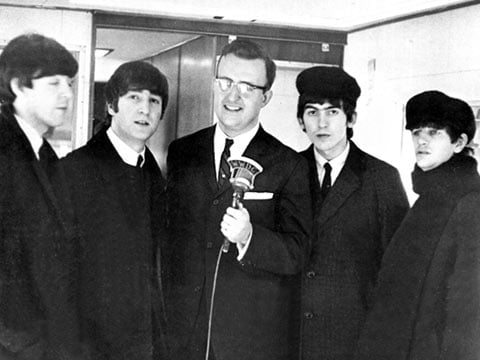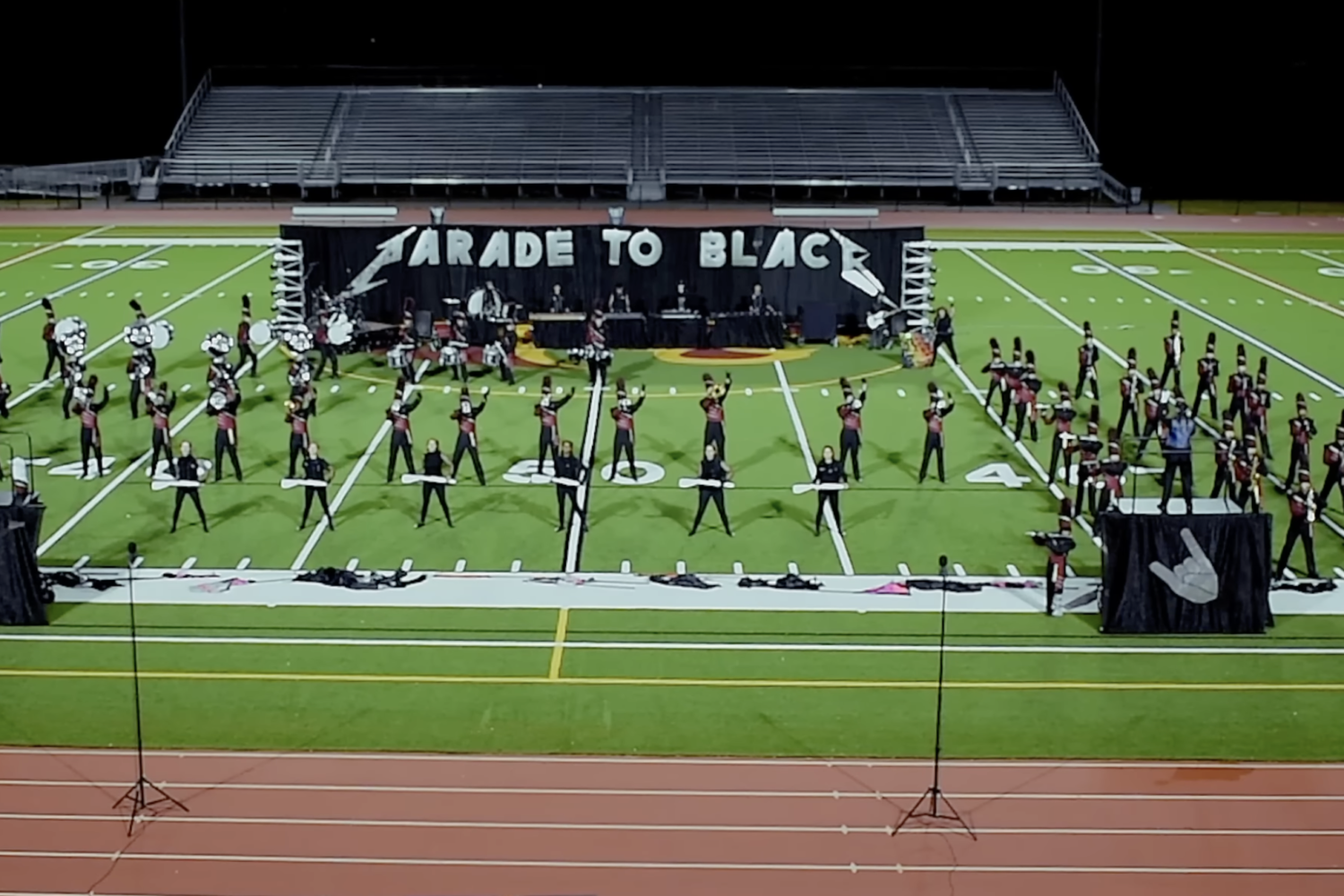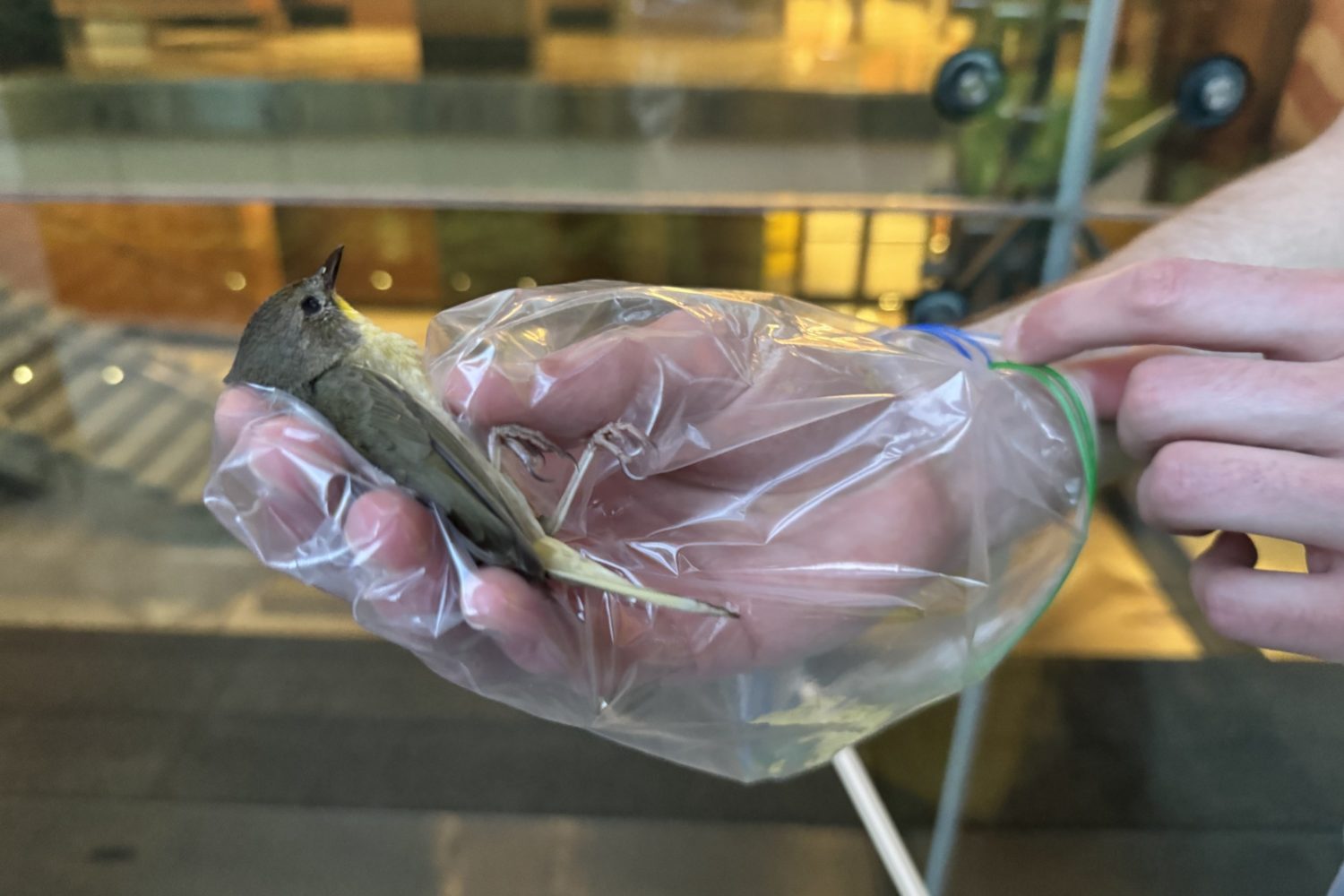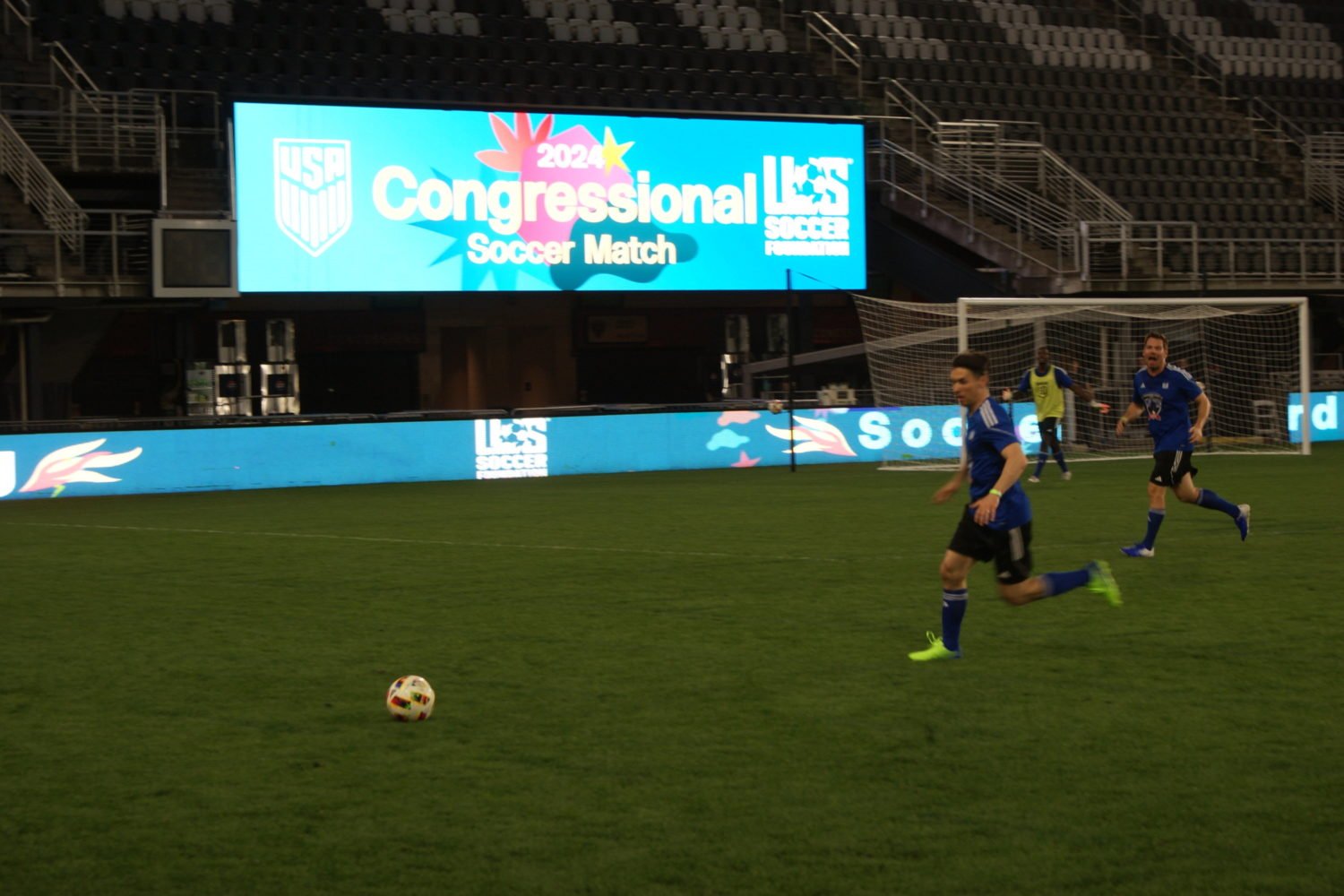First in an occasional series of posts about Washington-area namesakes
In 1962, the Alexandria school board announced it had found the perfect namesake for the new high school it was building: Its superintendent, Thomas Chambliss Williams. Williams, the Washington Post reported, said he “felt honored but wished the school had been named for someone else.”
Many Alexandria residents feel the same today.
Williams was an avowed segregationist who did more than many people to hold back integration of the city’s schools. He was aided greatly in this pursuit by the Commonwealth of Virginia, whose program of “massive resistance” to integration after the 1954 Supreme Court decision in Brown v. Board of Education meant Governor Thomas Stanley would close any school that voluntarily desegregated. Students who wanted to move from underfunded and inadequate black schools had to apply individually. Those applications often landed on Williams’s desk, and he was only too eager to deny them. That state of affairs went unchallenged until 1958, when 14 students sued in federal court asking to overturn Williams’s rejections. The superintendent even fired Blois O. Hundley, a cook at Lyles Crouch School, because she joined the suit after two of her children applied to George Washington High School. (Under pressure from the Justice Department, he reinstated her a month later.)
Two years later Williams was instrumental in the selection of a partly wooded 38-acre site in a part of Alexandria known as “Mudtown” for the location of a new high school. Mudtown had been occupied by African American families since the Civil War, and Williams argued it would be the best spot because it would require the fewest evictions and would be cheaper than buying already developed land. Mudtown residents, the Washington Post reported in 1960, were concerned that “because of their race they would be unable to buy any comparable land in Alexandria.”
Williams retired in 1963 and was replaced by John Albohm, whose plans to quickly desegregate the city’s school system wilted in the board’s heated resistance. The schools were integrated in 1966 under the threat of losing federal funding, though de facto segregation persisted in many schools thanks to gerrymandered school boundaries. In 1969, the Post reported, George Washington High School had 547 black students among its enrollment of 1,547. T.C. Williams High School, which opened to serve 11th and 12th graders in 1965, had 316 black students out of 1,759 students. Hammond High School, which had a student body of 1,547, had two black students.
Meanwhile, racial turmoil in Alexandria persisted beyond the schools’ remit. On May 29. 1970, a black Alexandria T.C. Williams student named Robin Gibson walked into a 7-Eleven at the corner of Commonwealth Avenue and West Glebe Road with some friends. An assistant manager named John L. Hanna stopped Gibson on the way out of the shop, saying he’d seen the 19-year-old shoplift. Hanna, who was white, claimed Gibson pulled a knife on him (an Alexandria police officer later testified that Hanna had planted the knife). Gibson’s friends said Hanna had asked them to turn their pockets inside out and shot Gibson when he complied.
Six nights of unrest followed, including firebombings, rock throwing, and window-breaking. After a mistrial, Hanna pleaded guilty to manslaughter and was sentenced to two years in prison. The judge in the case, Franklin P. Backus, removed a Confederate flag from the courtroom wall before Hanna’s sentencing, telling a reporter “I ordered it taken down so you would never write about it again in the Washington Post.”
The following year, as the feds grew exasperated with Alexandria’s recalcitrance, Albohm proposed consolidating all 11th and 12th graders into one high school. Despite objections from the likes of Richard Gainey, the head of the citizen’s association in Del Ray who said the “idea of moving people around to achieve a racial mix in the schools is repugnant to us,” the plan proceeded, and the following school year would later be memorialized in the wildly inaccurate Disney movie Remember the Titans.
The idea of ditching Williams’s name from the school has popped up over the years, to no avail. One big impediment is the mythology fed by the Disney film, which posited that the city integrated its schools in 1971 (wrong), that the school’s integrated team played in an all-white league (wrong), and that the team were considered underdogs (in fact, because of the school’s massive enrollment advantage after consolidation, it was heavily favored to win state before the season even started). My oldest son attends T.C. Williams today, where a massive poster from the movie hangs near the school’s auditorium.
The film also lionized head coach Herman Boone, played by Denzel Washington in the film as what former Deadspin writer Dave McKenna called “an amalgam of Vince Lombardi and Martin Luther King Jr.” This heroic treatment overlooks the fact that the school gave Boone the boot in 1979 after well-weathered accusations that he abused players and assistant coaches, a fact that also eluded many of his obituary writers.
Recently, as ALXnow reported Tuesday, a new Facebook group popped up dedicated to renaming T.C. Williams. Judging by the posts suggesting new names, Boone’s is a popular choice.



















